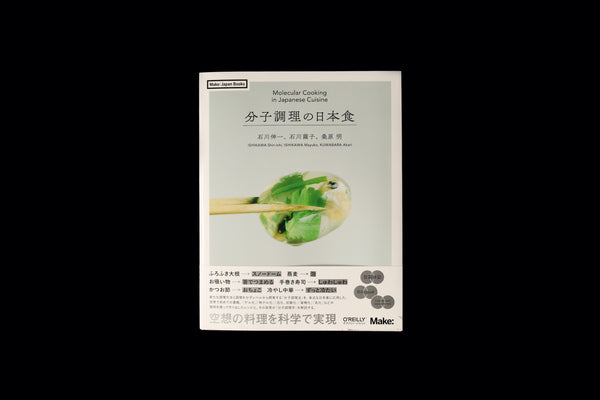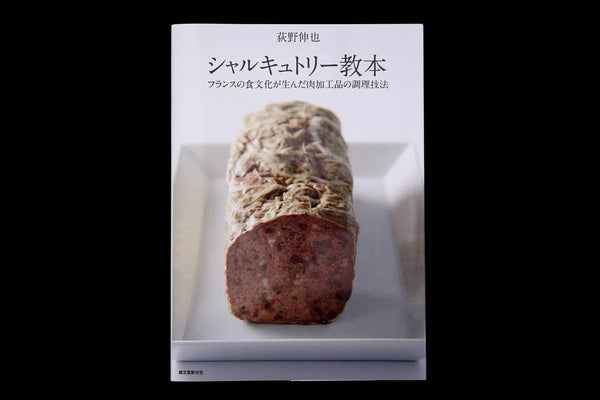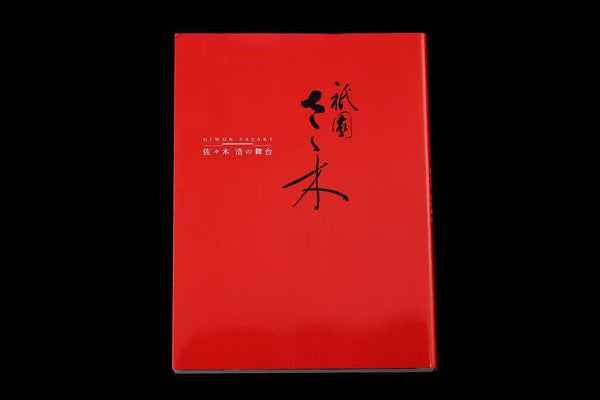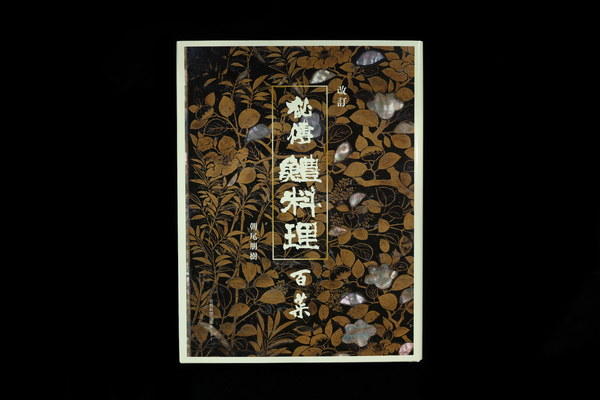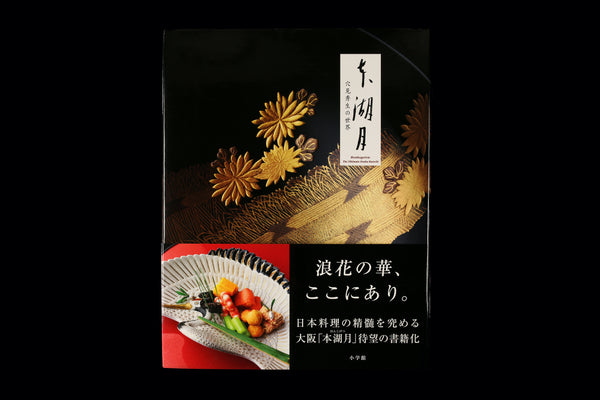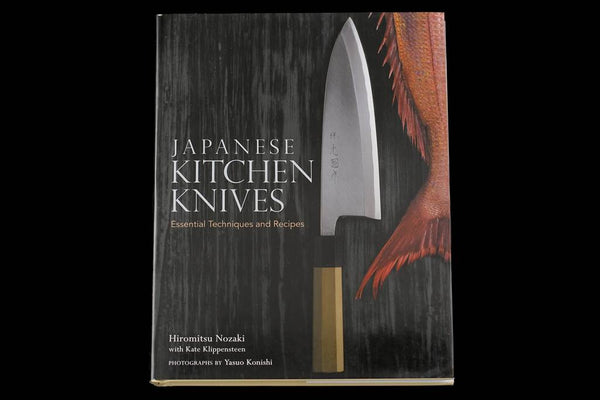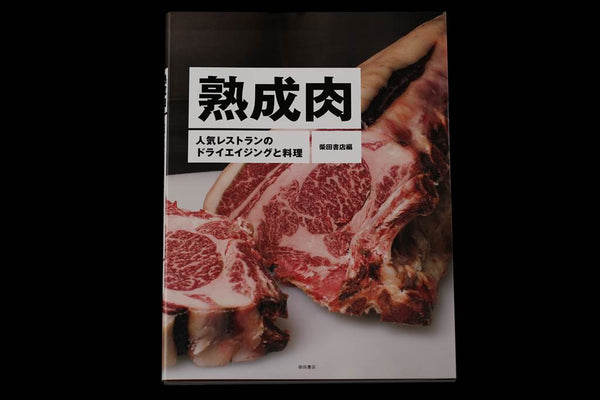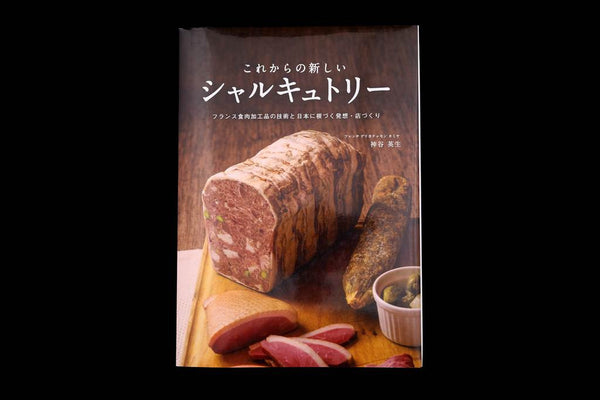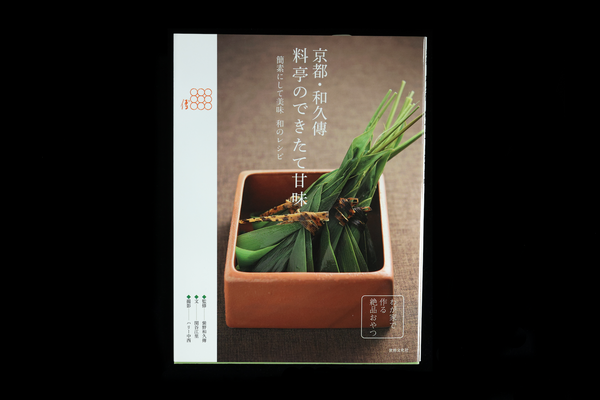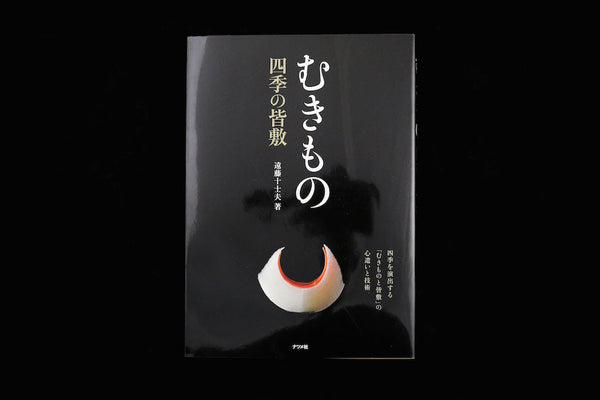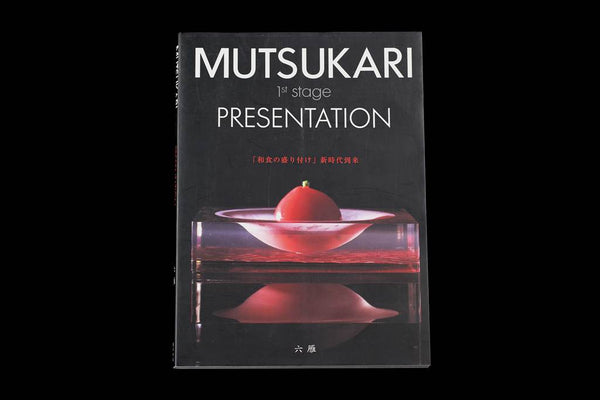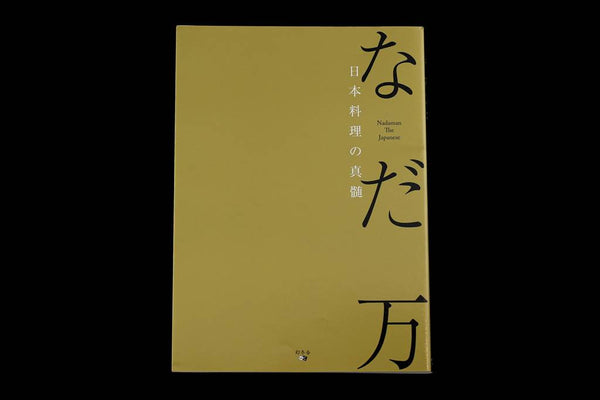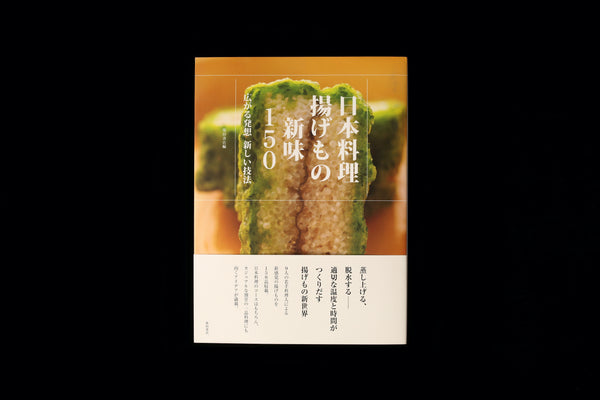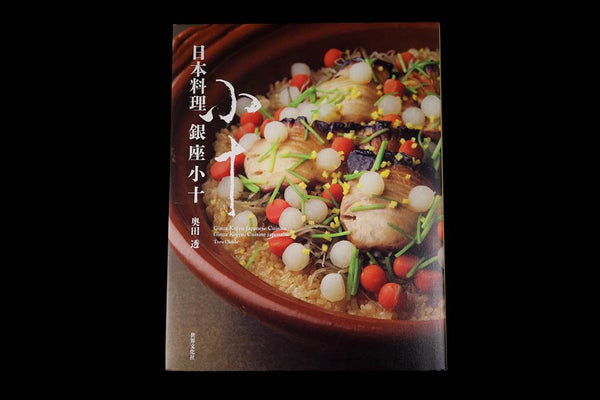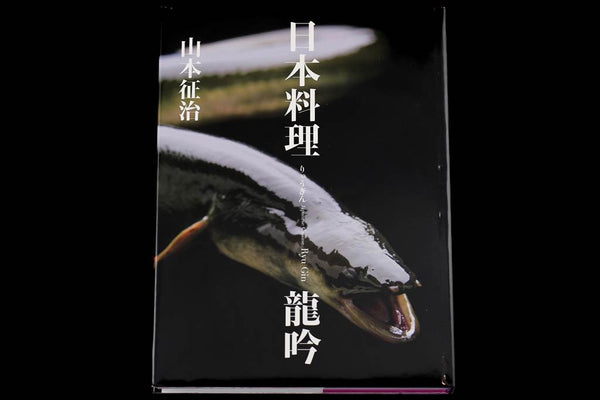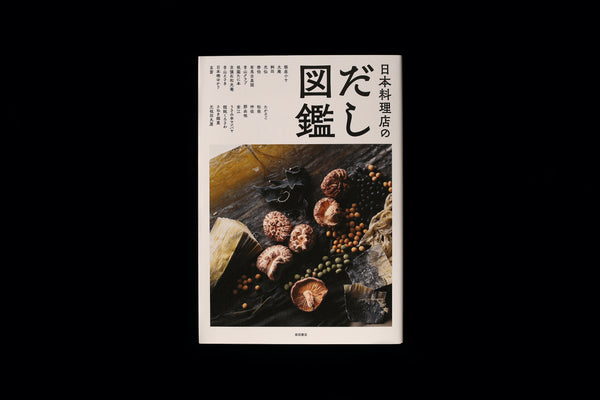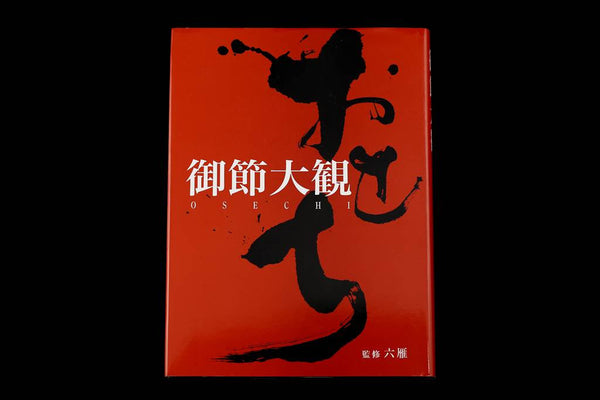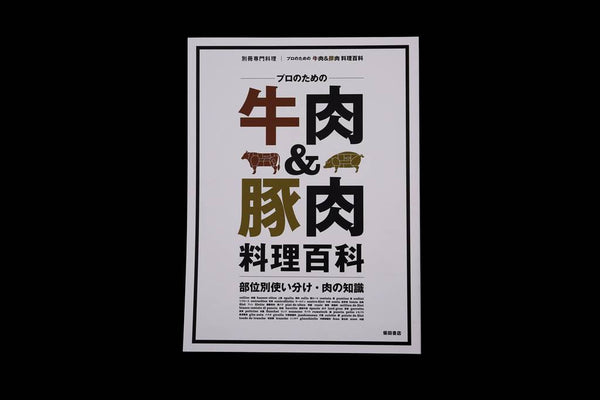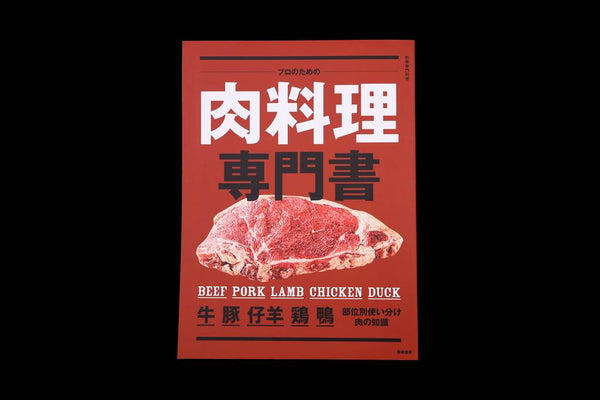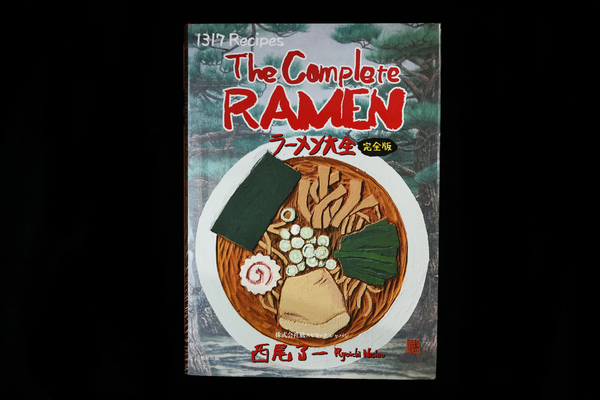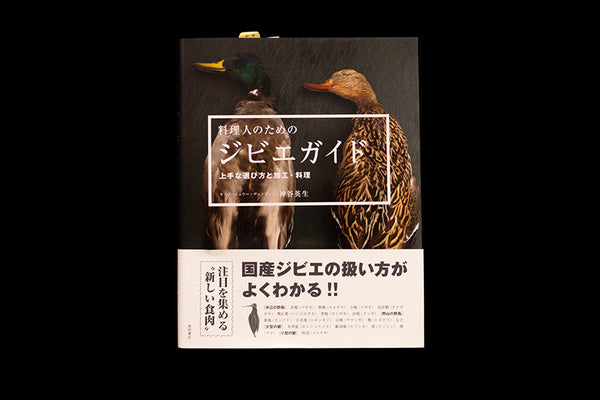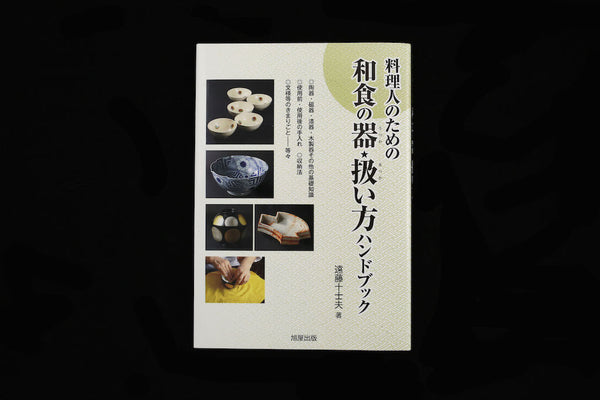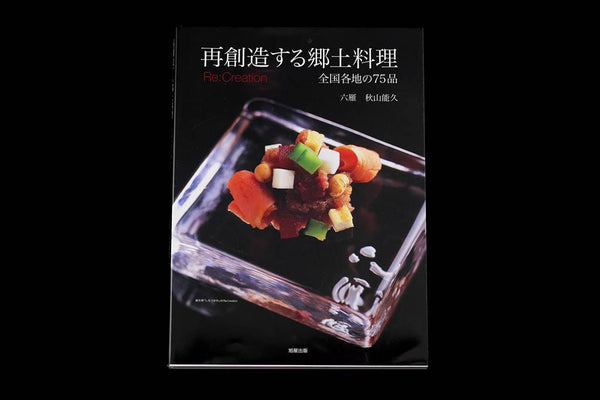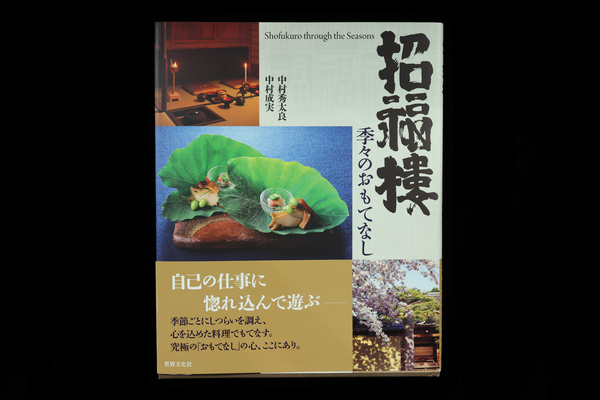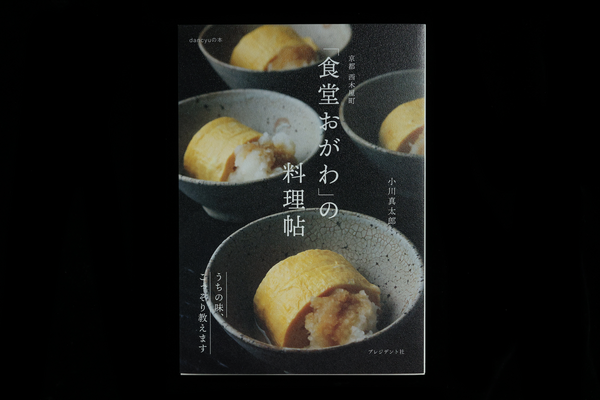-
「高太郎」のおつまみ和食 "Kotaro" no Otsumami Washoku
Written by Kotaro Hayashi, the owner-chef of the popular izakaya "Kotaro" in Shibuya, Tokyo, this book is a guide to a number of the "otsumami" dishes that he creates. The book has great visual guides to different ratios for liquids used in the dishes (dashi, dark soy sauce, light soy sauce, vinegar, etc) as well as detailed recipes and explanations of cooking techniques. Otsumami refers to the small, tapas-esque dishes that pair well with alcoholic beverages and are a staple at Japanese izakaya. Great book for those who enjoy long conversations over a glass of wine or two while nibbling on smaller bites.
* This book is Japanese language only.
-
-
-
Length: 210mm
-
Width: 150mm
-
Height: 9mm
-
Weight: 204g

